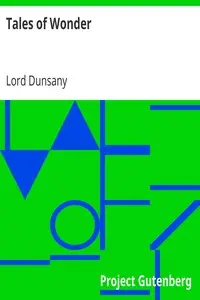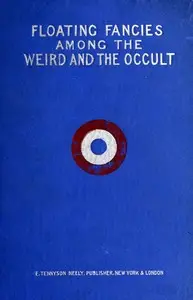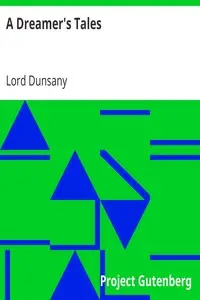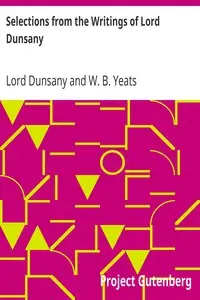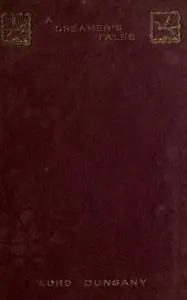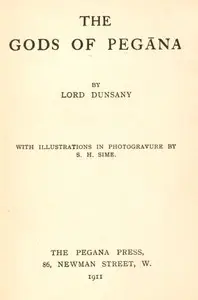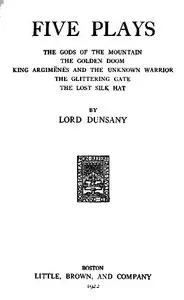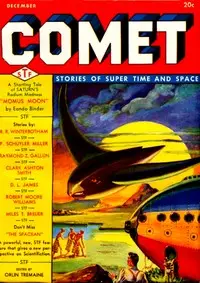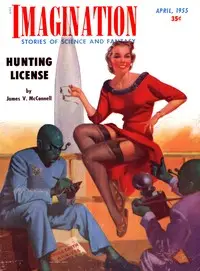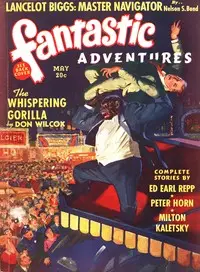"Tales of Three Hemispheres" by Lord Dunsany is a compilation of enchanting fantasy narratives originating from the early 1900s that immerses readers in a diverse array of imaginative stories, transporting them to ethereal settings and presenting captivating characters filled with magic and amazement. Using expressive language, Dunsany ushers readers into mystical worlds where gods, adventurers, and the spirit of nature converge, mirroring our longings, anxieties, and the attraction of the undiscovered. The collection begins with "The Last Dream of Bwona Khubla," a tale about two wanderers trekking across ominous territories to a water source at the camp of Bwona Khubla, only to encounter porters troubled by the final dreams of Khubla, a person ruined by excessive desire. Plunging deeper into mysteries, the narrative unfolds with the men experiencing a ghostly vision of a transformed London, one that conjures illustrations of beauty and longing that overshadow their tough settings. This beginning sets the stage for the following tales, which touch on loss, aspiration, and the supernatural, inviting readers to ponder the underlying meanings of these fanciful expeditions.
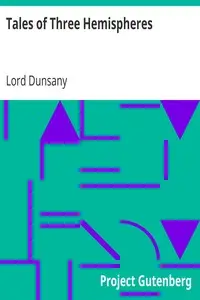
Tales of Three Hemispheres
By Lord Dunsany
Venture into worlds where gods and mortals cross paths amidst haunting landscapes and visions of what could be, discovering the cost of ambition and the lingering power of dreams.
Summary
About the AuthorEdward John Moreton Drax Plunkett, 18th Baron Dunsany, commonly known as Lord Dunsany, was an Anglo-Irish writer and dramatist. He published more than 90 books during his lifetime, and his output consisted of hundreds of short stories, plays, novels, and essays; further works were published posthumously. Having gained a name in the 1910s as a great writer in the English-speaking world, he is best known today for the 1924 fantasy novel The King of Elfland's Daughter, and his first book, The Gods of Pegāna, which depicts a fictional pantheon. Many critics feel his early work laid grounds for the fantasy genre.
Edward John Moreton Drax Plunkett, 18th Baron Dunsany, commonly known as Lord Dunsany, was an Anglo-Irish writer and dramatist. He published more than 90 books during his lifetime, and his output consisted of hundreds of short stories, plays, novels, and essays; further works were published posthumously. Having gained a name in the 1910s as a great writer in the English-speaking world, he is best known today for the 1924 fantasy novel The King of Elfland's Daughter, and his first book, The Gods of Pegāna, which depicts a fictional pantheon. Many critics feel his early work laid grounds for the fantasy genre.

